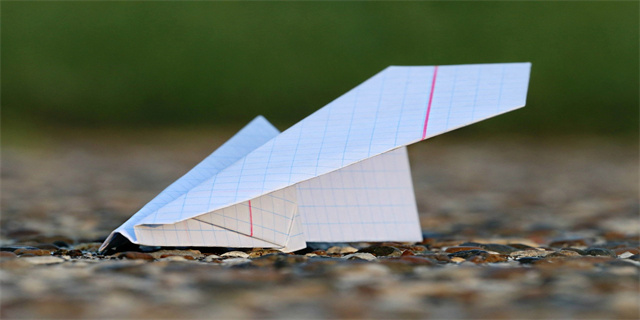摘要:Soaring High: The Fascinating World of Flyaway
Introduction
Flyaway, also known as flight dispersal, refers to the behavior exhibited by a variety of organisms
Soaring High: The Fascinating World of Flyaway
Introduction
Flyaway, also known as flight dispersal, refers to the behavior exhibited by a variety of organisms when they disperse or migrate in large groups through the air. From birds and insects to seeds and spores, flyaway is a remarkable phenomenon that has fascinated scientists and nature enthusiasts for centuries. In this article, we will delve into the intriguing world of flyaway, exploring its different forms, its significance in the animal kingdom, and the incredible adaptations exhibited by species that engage in this unique behavior.

The Diversity of Flyaway
Flyaway is not restricted to a single group of organisms but is instead observed across various taxa. Birds, notably migratory species, are perhaps the most well-known examples of animals that engage in flyaway. Every year, millions of birds embark on long and arduous journeys to migrate between their breeding and wintering grounds, covering thousands of kilometers. This incredible behavior is driven by a combination of factors, including the search for ideal breeding and feeding conditions, as well as the avoidance of harsh winter climates.

Insects are another group of organisms that exhibit fascinating flyaway behavior. One notable example is the monarch butterfly, which undertakes an incredible multigenerational journey spanning several thousand kilometers. The phenomenon of monarch butterfly migration is still not fully understood, but it is believed to be triggered by a combination of environmental cues, such as changes in daylight length and temperature.
Plants are not to be left behind when it comes to flyaway. Numerous plant species have evolved ingenious ways to disperse their seeds and spores through the air. Dandelions, for instance, develop a specialized seed head consisting of tiny parachutes that catch the wind, carrying the seeds far away from the parent plant. Similarly, ferns release microscopic spores that can be easily lifted and dispersed by even the gentlest breeze. These aerial journeys ensure the survival and dispersal of plant species to new habitats.
The Significance of Flyaway
The phenomenon of flyaway plays a crucial role in the survival and evolution of many species. Migration, particularly among birds, allows these animals to take advantage of abundant food resources in different regions across the seasons. By moving to areas with optimal conditions for breeding or hibernating, migratory species can increase their chances of reproductive success and ensure the survival of their offspring.
Furthermore, flyaway aids in population dispersal. By moving away from their breeding grounds, individuals can avoid inbreeding and establish new territories or colonize new habitats. This expansion of range promotes gene flow, genetic diversity, and provides an avenue for adaptation to changing environmental conditions.
Adaptations for Flyaway
Species that engage in flyaway have evolved remarkable adaptations to facilitate their journeys. Birds, for example, possess streamlined bodies and impressive flight muscles that allow for sustained movement over vast distances. Many migratory birds also exhibit physiological adaptations, such as the ability to store excess fat to use as an energy source during long flights.
Insects, on the other hand, have developed lightweight bodies and wings that enable them to be efficient flyers. Some insects also take advantage of air currents and updrafts, using them to gain altitude and travel long distances with minimal effort. Monarch butterflies, in addition to their extraordinary navigational abilities, also have specialized cells in their antennae that can detect changes in the Earth's magnetic field, aiding them in maintaining their correct migratory path.
Plants have evolved different mechanisms to disperse their seeds and spores through the air. Some produce lightweight seeds with structures that facilitate wind dispersal, while others have developed mechanisms that cause the seeds to be explosively launched from the parent plant. These adaptations ensure that the next generation of plants are spread far and wide, increasing their chances of survival and successful colonization of new areas.
Conclusion
Flyaway is a captivating phenomenon that is observed across a wide range of organisms. Whether it is the majestic migratory journey of birds, the multigenerational migration of monarch butterflies, or the wind-assisted dispersion of plant seeds, flyaway showcases the incredible adaptations that enable species to conquer the skies and access new habitats. Understanding the complexities of flyaway not only deepens our appreciation for the natural world, but also underscores the importance of conserving these remarkable behaviors for future generations to witness and admire.




